Forced air heating, radiant floor heating, geothermal heating and cooling, and baseboard heaters–choosing between the types of heating systems can be daunting when you look at all options. How do the different systems work? What are the pros and cons of each? Most importantly, which one is the best for your home?
If you’re considering forced-air heating, you’re in good company. Forced air heating is one of the most prevalent heating systems in the United States. According to the U.S. Census Bureau, 65% of new single-family homes sold in 2021 derived heat from forced-air systems. However, just because something is popular doesn’t mean it suits everyone. Before you go with a forced-air system, please get to know how they work and consider the pros and cons.
What Is Forced Air Heating?
What is forced air heating? A forced-air heating system uses air to transfer heat to the entire house. Forced-air systems typically include a furnace or heat pump, a supply plenum, ductwork, heat registers, and return vents. A single thermostat usually controls the home’s temperature.
How Does a Forced Air Heating System Work?
Forced-air heating systems typically rely on a furnace to produce heat, though some systems use heat pumps. Furnaces burn fuel or heat electric elements to produce heat that is distributed to the whole house. Standard heating fuels are natural gas, propane, and oil. Electric coils generate electric furnace heat.
The heating cycle begins when the room's temperature drops below the centralized thermostat’s setting, and the thermostat sends a signal to turn on the furnace. The furnace ignites a fuel to warm the heat exchanger or, in the case of an electric furnace, heats the electric coils. The heat from the burning fuel or hot coils is transferred to the air in the furnace, and a fan in the air handler blows the warm air through the supply ducts and registers in each room. The registers can typically be adjusted to control the room temperatures and the airflow direction. Return vents and ducts in the rooms channel cold air back to the furnace to be heated. The thermostat turns off the furnace and ends the heating cycle when the room’s temperature reaches the setting.

Find the Ideal Furnace for Your Home: View Our Products
Pros of Forced Air Heating
There are many benefits to forced-air systems:
- Energy efficiency
- Heating time
- Easy installation
- Reliable
- High indoor air quality
- Compatibility with smart devices
1. Energy Efficiency
Your heating system’s efficiency is an important consideration. According to the U.S. Energy Department, home heating systems consume more energy and cost more than other systems, comprising approximately 29% of energy bills.
Forced-air systems generally heat homes quickly and efficiently and have lower energy costs. However, heating efficiency varies with furnace type. Natural gas is a very efficient and cost-effective heating fuel compared to electricity, which is less efficient and costly.
2. Heating Time
Forced-air systems heat homes quickly. Furnaces heat up quickly and distribute heat almost immediately. Electric furnaces take longer to heat up than gas ones, but electric furnaces still have advantages over radiant systems.
The heat from forced-air systems is circulated through entire rooms rather than gradually radiated from distribution sources. In hydronic heating systems, it takes time for the water to boil and flow to the distribution sources.
3. Easy Installation
Installation of forced-air systems is easy if there’s existing ductwork for a furnace or air conditioner. The new system can use the old ducts without renovating the home. Installing a new radiant system in a current house might require ripping out floors and walls.
4. Reliable
Forced-air systems are reliable. Ductwork is a simple and dependable heat distribution system. Few moving parts in the system mean less damage and breakage over time. The moving parts, such as fans, belts, and motors, can easily be replaced if they wear out.
5. High Indoor Air Quality
Forced-air systems yield high indoor air quality. Dust, allergens, mold, and other particles are constantly filtered out of the incoming air from the return ducts. Some air filters are capable of filtering smoke, smog, and viruses.
6. Compatibility with Smart Devices
Smart thermostats can be remotely controlled through apps on mobile devices and computers connected to the internet. Some smart thermostat packages include sensors for individual rooms for better temperature control. Smart thermostats offer the convenience of managing your home’s temperature from anywhere and can save you money on energy costs.
Cons of Forced Air Heating
Despite the numerous benefits of forced-air systems, there are some drawbacks:
- Maintenance
- Noise levels
- Ductwork
- Allergens
- Uneven distribution
1. Maintenance
The components of forced-air heating systems require a lot of maintenance. Changing the air filter every two to three months, cleaning the ducts every three to five years, and scheduling yearly furnace maintenance inspections are recommended.
2. Noise Levels
While forced-air systems aren’t deafening, they are noisier than radiant systems. Air pushing through the ducts and vents is audible, and the furnace firing up might also be heard.
3. Ductwork
There are disadvantages to heating systems that utilize ductwork:
- Ducts accumulate dust and sometimes mold. These contaminants spread throughout the house when air blows past them.
- Some heat is lost while the air travels through the vents. Leaky ducts sustain more heat loss than well-sealed ducts.
- Ductwork takes up space in floors, walls, and attics.
- Ductwork is expensive to install in an existing house.
4. Allergens
Forced-air systems can affect the health of people with allergies by stirring up and distributing allergens in the home’s air. Though most air filters can filter out some allergens, the degree to which allergens are filtered depends on the filter’s quality. Air filter MERV ratings represent how adept they are at filtering contaminants. Some forced-air systems are incompatible with high-grade filters that trap the smallest particles.
5. Uneven Distribution
Heat distribution throughout homes with forced-air systems is often uneven. The centralized thermostat only measures the temperature of the room in which it’s located.
If the system is not designed correctly or the home is large or has two stories, some rooms will heat up better and more quickly than others. Cold spots often occur near windows and exterior doors.

Find the Ideal Furnace for Your Home: View Our Products
Forced Air Heating vs Central Air: What’s the Difference?
Forced-air heating and central air are two components of a forced-air system. Different types of furnaces supply forced-air heating. An air conditioner supplies central air. Both systems utilize ducts and registers to deliver heated or cooled air.
A forced-air system is any heating or cooling system that delivers air through ducts and registers to control a home’s temperature. Furnaces, air conditioners, and even heat pumps can be components of a forced-air system.
“Forced-air heating” and “central air” are terms that are sometimes used interchangeably, though incorrectly. “Forced-air heating” only refers to heating systems, and “central air” only relates to air conditioning systems.
You don’t have to choose between forced air heating vs. central air. Houses in climates with a wide range of temperatures typically have forced-air heating and central air. The heating and air conditioning units utilize the same ductwork, registers, and air handler that comprise the forced-air system. On the other hand, houses in cold climates might only need forced-air heating, while homes in hot climates might only require central air.
Conclusion
Choosing a heating system for a home is one of a homeowner’s most important decisions. Your home’s comfort depends on making the correct choice–a choice you will be stuck with for many years.
Weigh the pros and cons before committing to a forced-air heating system. Forced-air heating systems are popular for their energy efficiency, heating time, easy installation, reliability, high indoor air quality, and compatibility with smart devices. On the other hand, forced-air heating requires regular maintenance, produces noise, utilizes ductwork, stirs up allergens, and distributes heat unevenly.
One additional point to consider is that forced-air systems are versatile. They can include heating units and cooling units. Furnaces, air conditioners, and heat pumps are all components that can be included in a forced-air system.

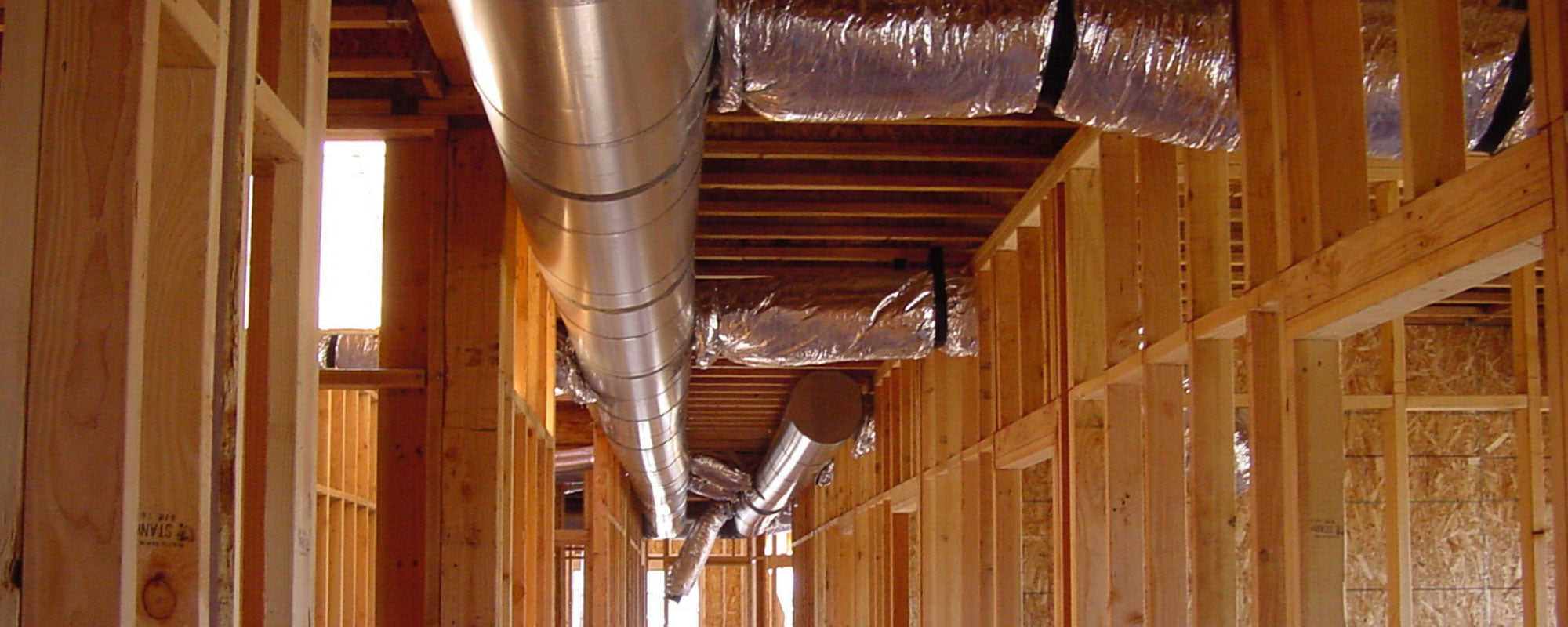
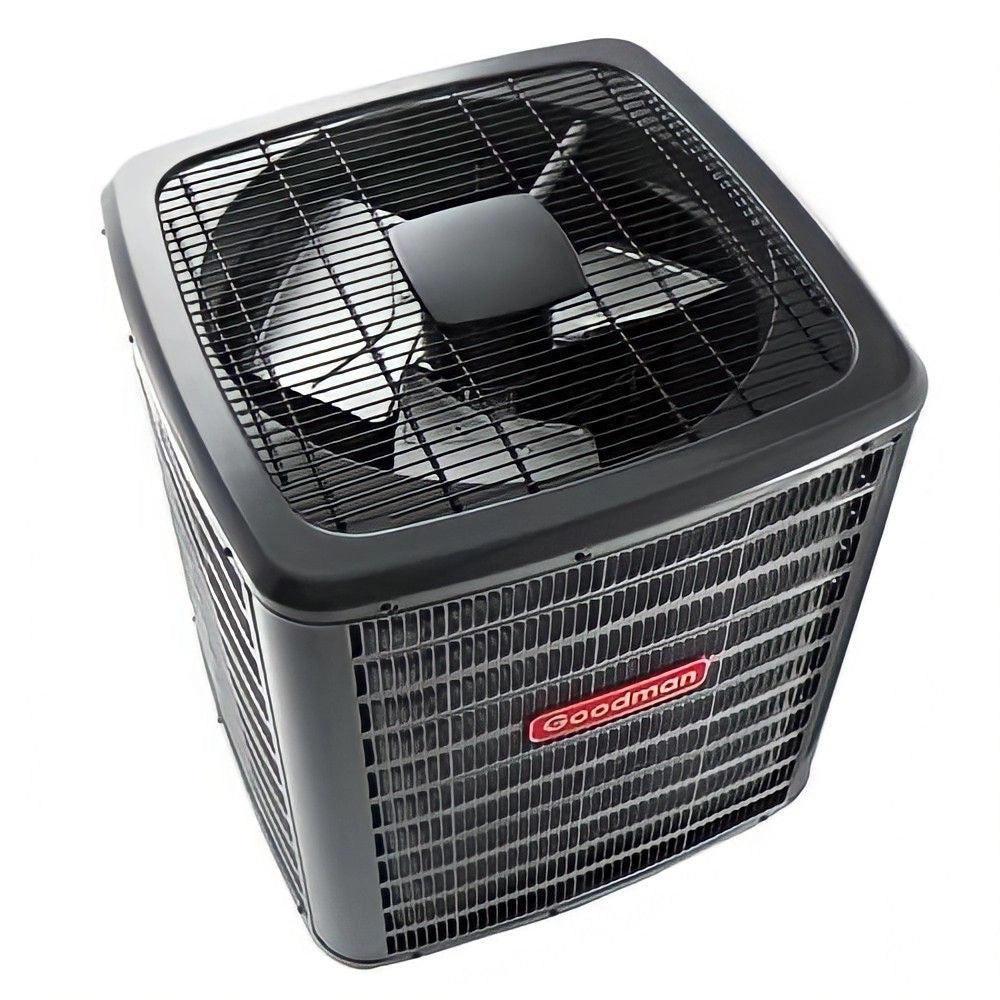
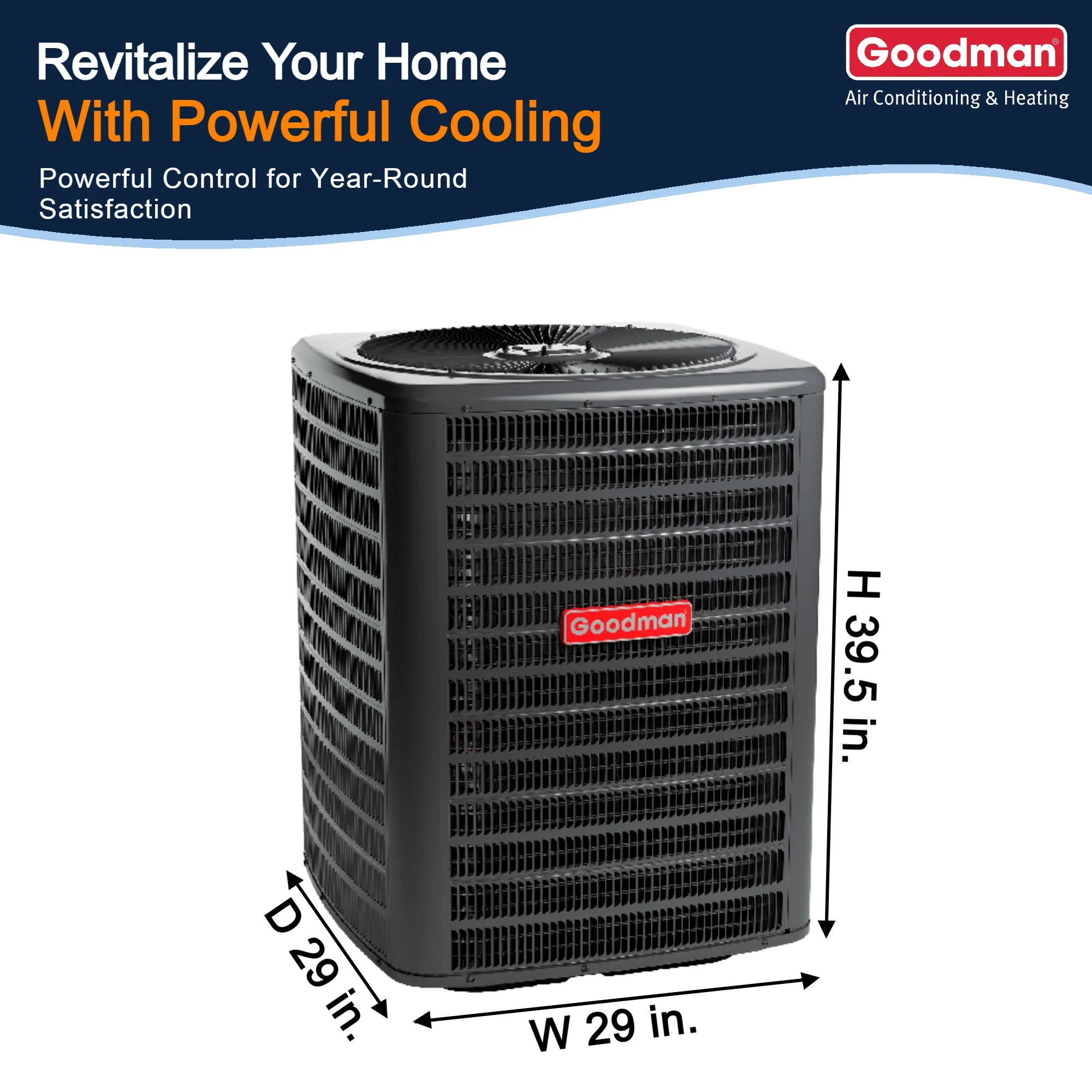
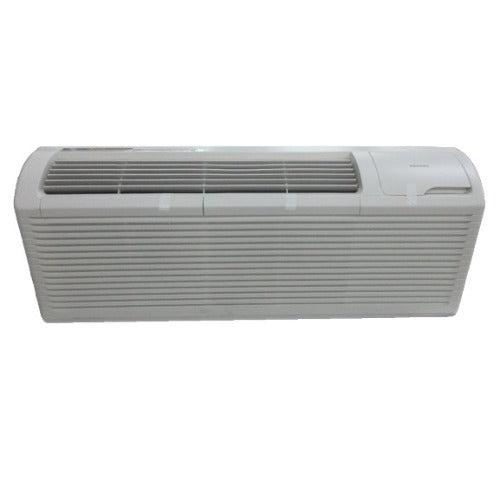
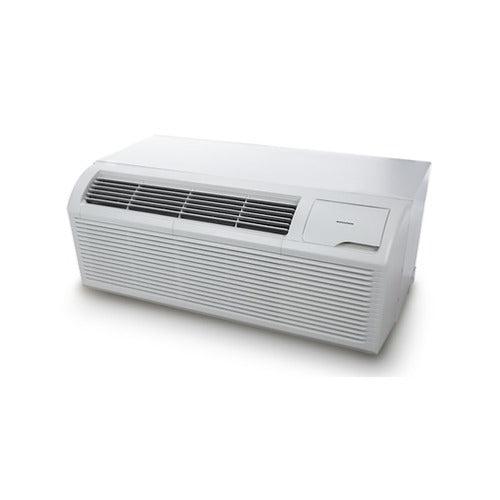
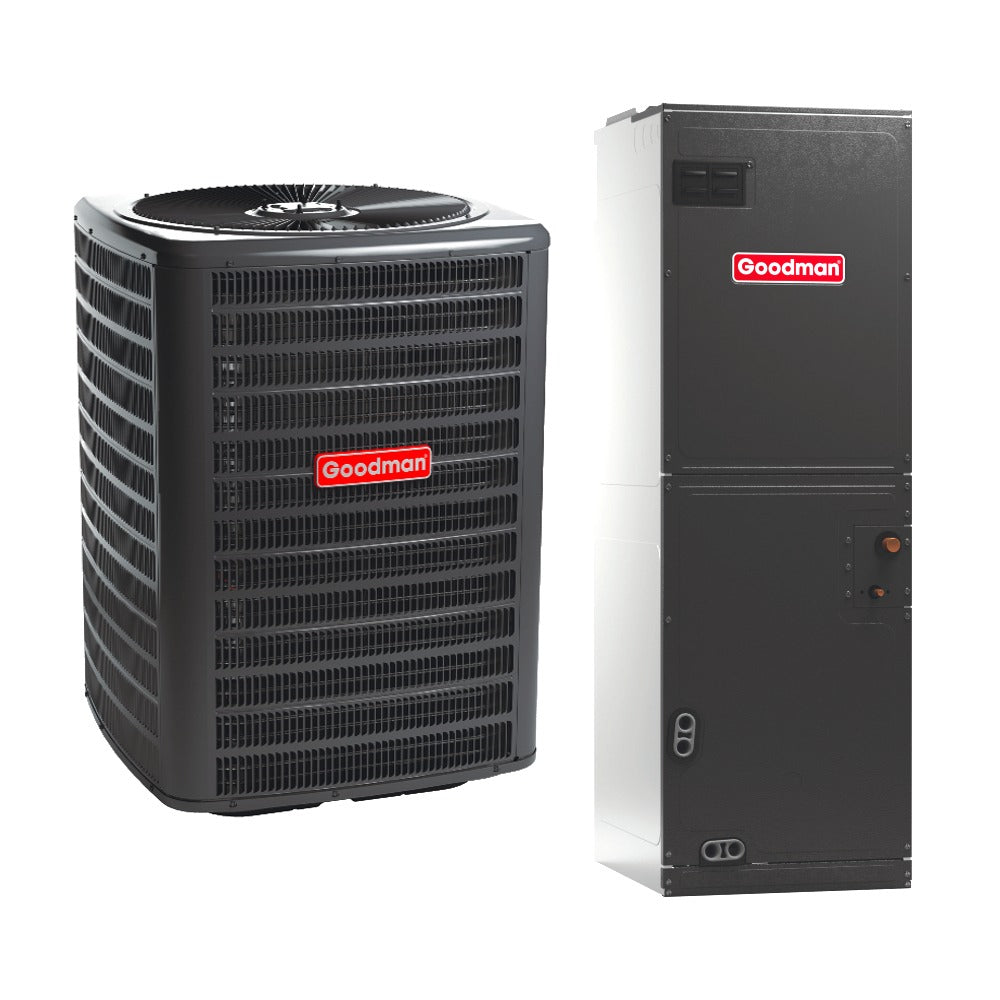
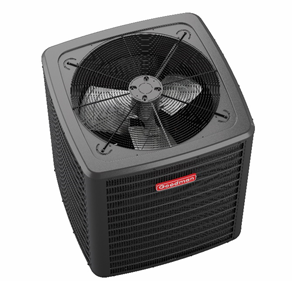
1 comment
Regina Clarke
Hi—I am in an apt so cannot control replacement of filters. I have set the thermostat to 68. Also done some weather insulation on windows and doors. My apt is 700 square feet. What happens is the (noisy) forced air system heats up to 68 or 69 when on (for five minutes) but when off the room temp goes down to 63 or 64 over the course of twenty minutes) before the system switches on again. Is this normal? Seems a chilly way to heat a house. I am used to radiator heating, which is more constant. Thanks for any comment. Regards, Regina